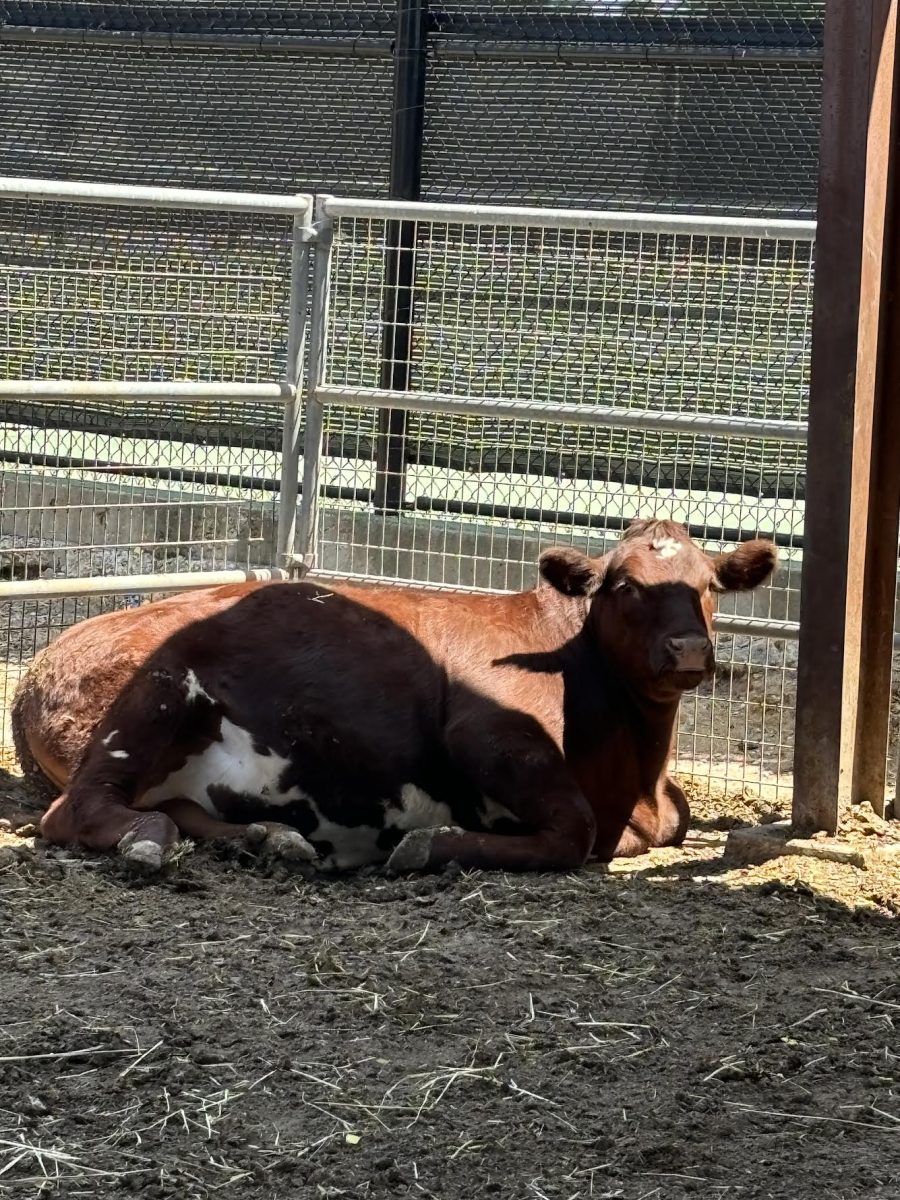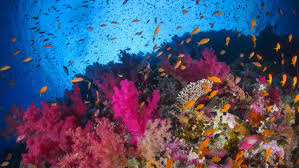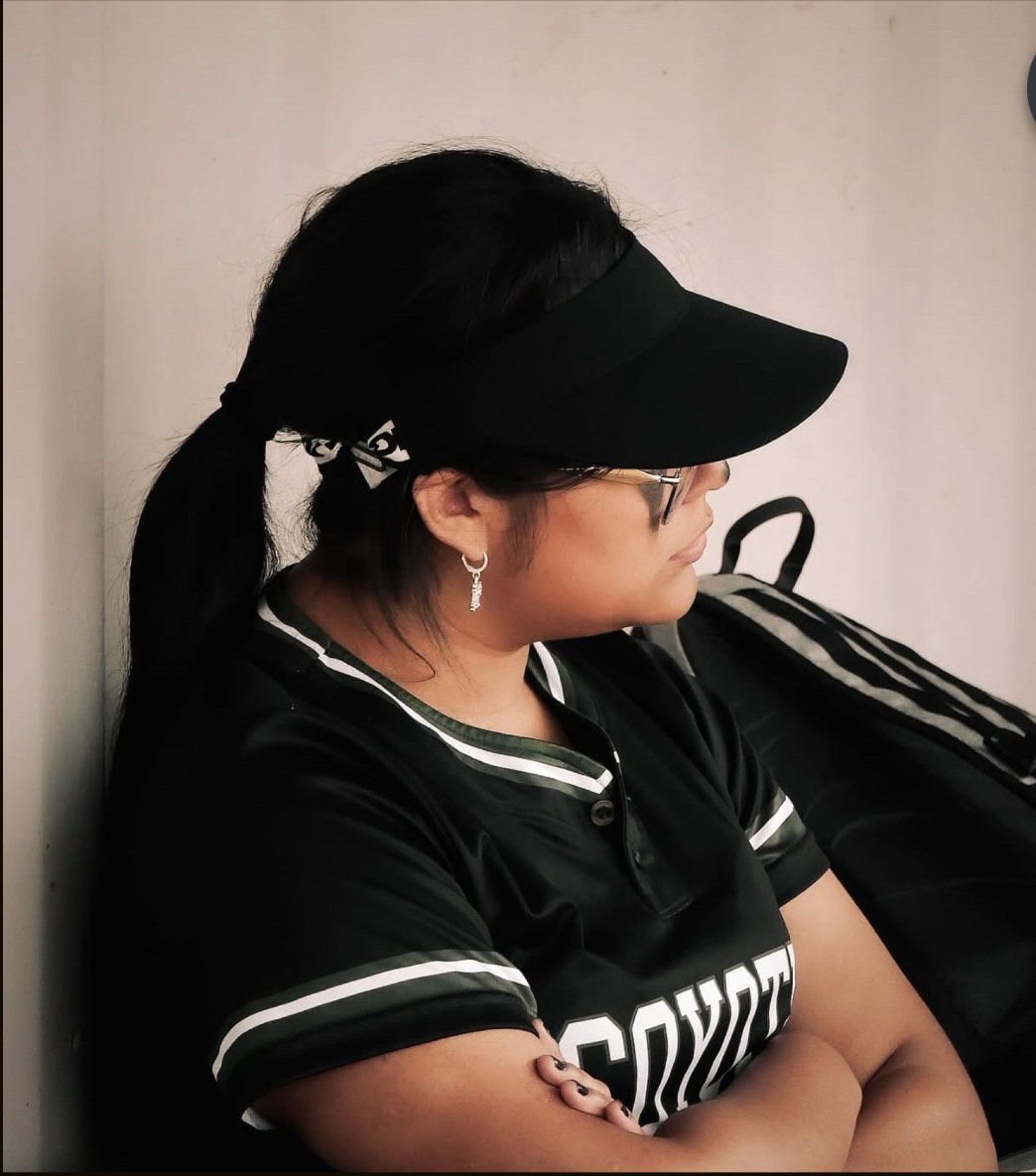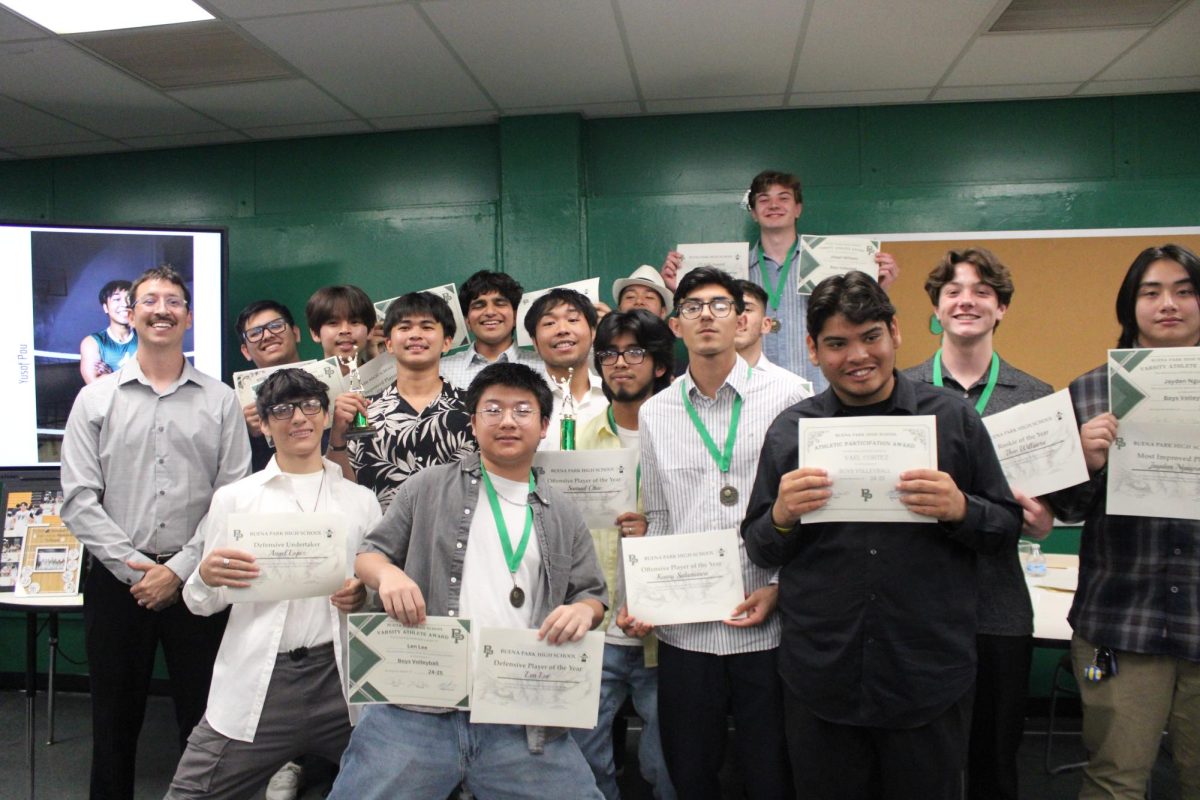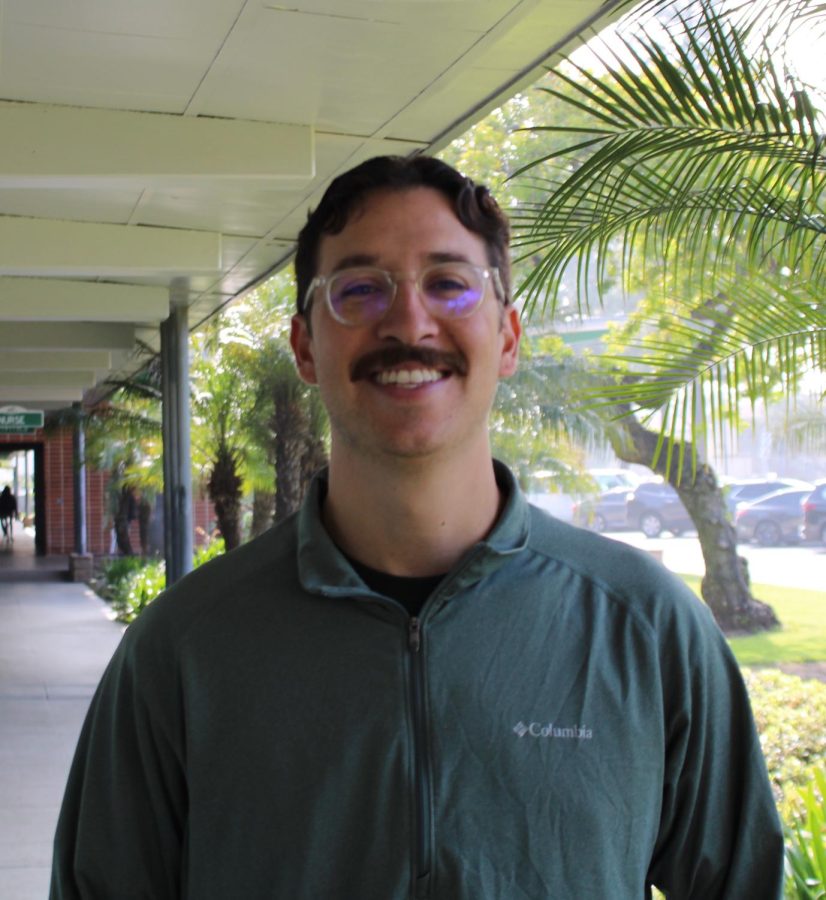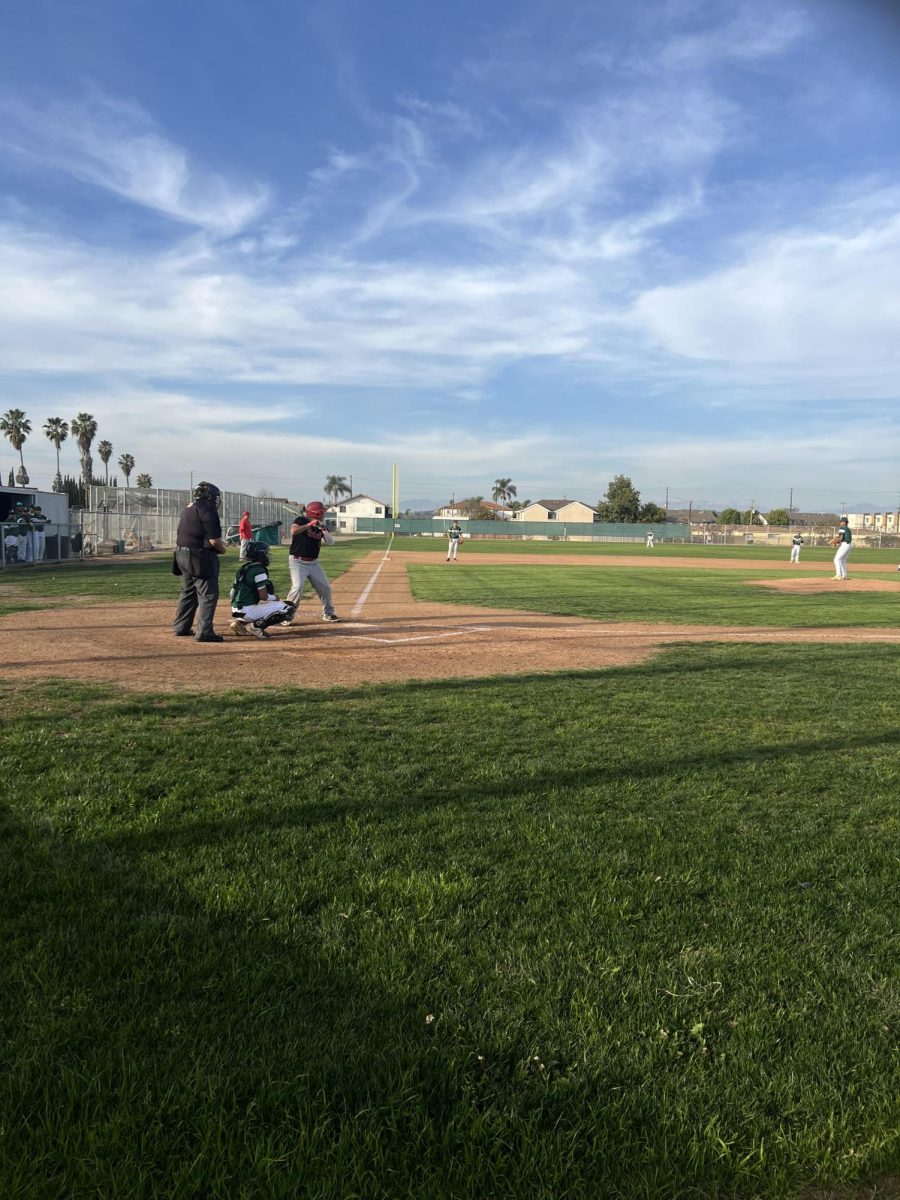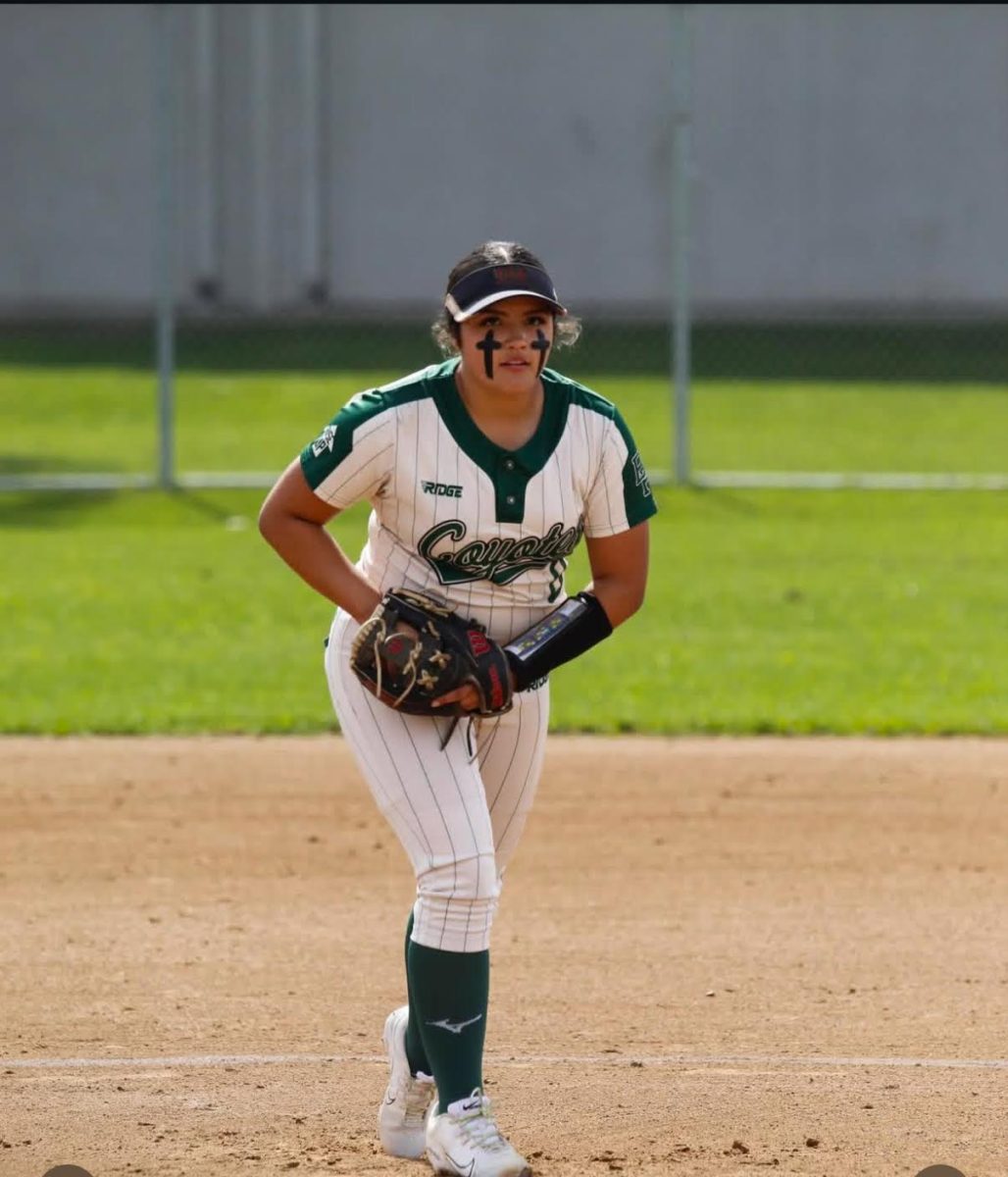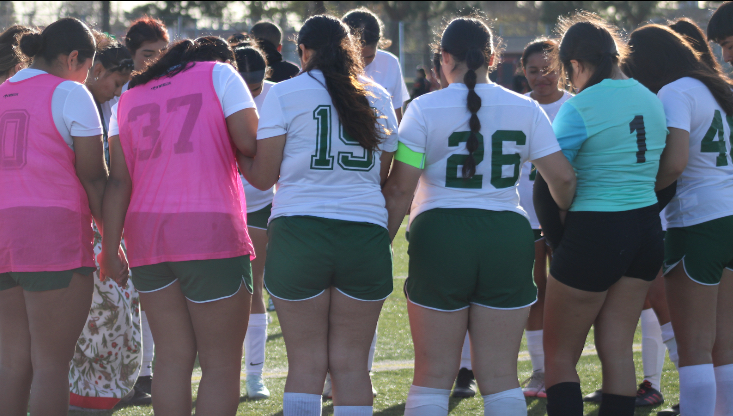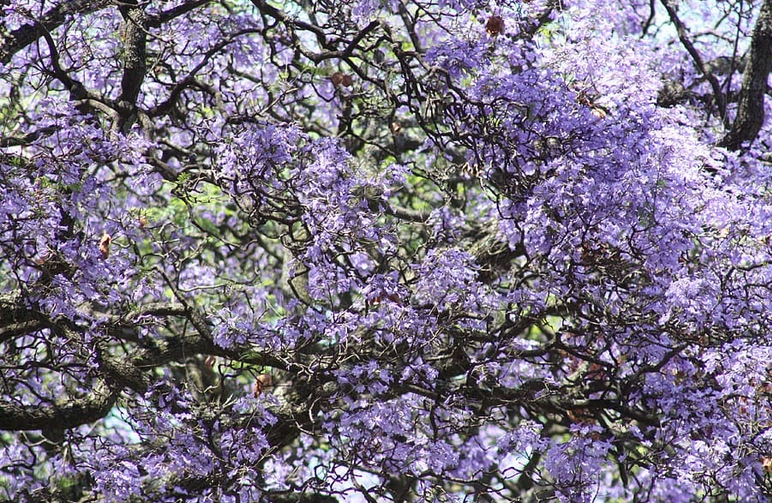In the late spring and early summer, you may catch a glimpse of beautiful, flowering purple trees lining the streets of Southern California. The Jacaranda tree, scientifically known as Jacaranda mimosifolia, has become one of SoCal’s most precious plant life, decorating the streets with its spectacular blooms. As pretty as they are to look at, many of us know the pains of dealing with all the petals on the ground, not to mention the insects that come with them. Nonetheless, Jacarandas are a fundamental part of life in Southern California. It may surprise you that these trees are not native to the area at all. In fact, the story of the first Jacaranda trees in SoCal starts with a single woman in the 19th century.
San Diego’s “Mother” of Horticulture
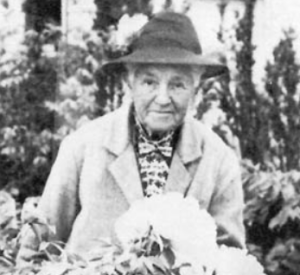 Katherine Olivia Sessions, known by most as “Kate”, was born in San Diego on November 8, 1857. An acclaimed horticulturist, she was the first woman to receive the Frank N. Meyer Medal of the American Genetic Association. Nicknamed “Mother of Balboa Park”, she was a central figure in developing San Diego’s 1,200-acre park, one of the oldest and largest in the world. She planted hundreds of trees for the city of San Diego, taught in classes, wrote in magazines, and more. In 2008, a new species of geranium was named Kate Geranium to honor this legendary figure. At Balboa Park, she is honored with a variety of gardens and even a bronze statue.
Katherine Olivia Sessions, known by most as “Kate”, was born in San Diego on November 8, 1857. An acclaimed horticulturist, she was the first woman to receive the Frank N. Meyer Medal of the American Genetic Association. Nicknamed “Mother of Balboa Park”, she was a central figure in developing San Diego’s 1,200-acre park, one of the oldest and largest in the world. She planted hundreds of trees for the city of San Diego, taught in classes, wrote in magazines, and more. In 2008, a new species of geranium was named Kate Geranium to honor this legendary figure. At Balboa Park, she is honored with a variety of gardens and even a bronze statue.
Sessions is regarded as one of the greatest botanists of all time, and her ideas are reflected in environmental science today, over 150 years later. Kate stressed the importance of growing plants in urban areas to increase wellbeing and combat climate change. In her work, Kate brought over 140 species of plants back to San Diego to cultivate in the area. Iconic plants such as the bird of paradise, bougainvilleas, and the poinsettia would not be in the state today if not for her contributions. Among these 140, the Jacaranda was one of them. These purple blooms can now be found in Anaheim, Long Beach, Santa Ana, Westwood, and countless other SoCal neighborhoods. But the Jacaranda isn’t only popular in SoCal. Countless cities around the world also boast these purple blooms.
Jacarandas Around the Globe
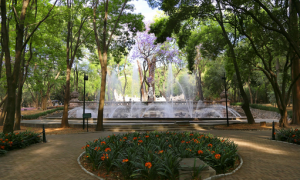 The Jacaranda originates from South America, but due to its beauty, it has been widely cultivated around the world since the 1800s. A few places notable for their jacarandas are Mexico City, Sydney, and South Africa. In the 1930s, Mexican president Pascual Ortiz Rubio visited Washington, D.C., and was so impressed by the city’s cherry blossoms that he planned to plant some in Mexico City. While the cherry blossoms were not suitable for the city’s environment, Tatsugoro Matsumoto, the gardener of the presidential palace at Chapultepec Park, recommended that he plant Jacarandas. Today, Chapultepec Park is still one of the best places to see the purple trees in the world.
The Jacaranda originates from South America, but due to its beauty, it has been widely cultivated around the world since the 1800s. A few places notable for their jacarandas are Mexico City, Sydney, and South Africa. In the 1930s, Mexican president Pascual Ortiz Rubio visited Washington, D.C., and was so impressed by the city’s cherry blossoms that he planned to plant some in Mexico City. While the cherry blossoms were not suitable for the city’s environment, Tatsugoro Matsumoto, the gardener of the presidential palace at Chapultepec Park, recommended that he plant Jacarandas. Today, Chapultepec Park is still one of the best places to see the purple trees in the world.
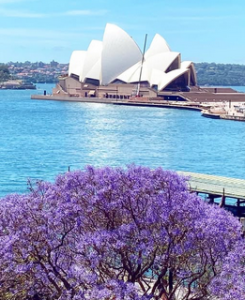
While many of us think of Jacarandas blooming in May and June, it is traditionally the other way around. In the Southern Hemisphere, where they are native, they bloom in October and November. What’s more is that there are a ton of Southern Hemisphere cities that have been introduced to this tree as well. In Sydney, Australia, the tree was first brought to the city in the 1800s by British botanist Allan Cunningham, who was appointed colonial botanist of New South Wales at the time. Botanists were determined to make this plant grow and tried countless different methods of growing until they finally got it right. Many years later, Sydney has become home to over a hundred Jacaranda trees. In South Africa, planting Jacaranda trees is banned. While beautiful, it is invasive to the area’s climate and drives out native wildlife. The cities of Pretoria and Johannesburg are well known for their Jacaranda blooms.
The Jacaranda in Mythology
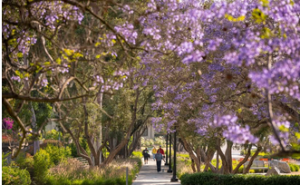
We now know that the jacaranda is native to South America, but did you know that it is part of the region’s mythology? In the Amazon, the beautiful bird Mitu brought a moon priestess to the top of a jacaranda tree, and the moon priestess descended to live in a nearby village. After she shared her knowledge and ethics with the villagers, she came back to the jacaranda tree and ascended back to the heavens to be with her lover, the son of the sun. Because of this myth, the Jacaranda has become associated with the virtue of knowledge. Thus, it is planted on countless academic campuses such as schools and universities. Occidental College in Los Angeles is one of these schools that is famous for its jacaranda blooms. The jacaranda bloom is also associated with “purple panic”. At the University of Brisbane, students start studying for final exams when the jacaranda petals fall to the ground.
Environmental Impacts of the Jacaranda
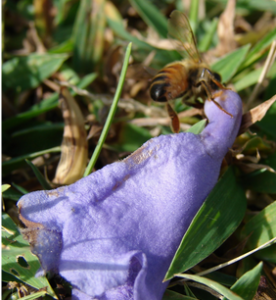 While revered for their beauty, that’s not the only thing these trees are good for. The Jacaranda is best suited for warm, dry areas such as Southern California. It does not need a lot of water to grow when developed and thrives with large amounts of sunlight. Towering branches provide extra cooling to urban areas, and their countless blooms attract pollinators such as bees, hummingbirds, and butterflies. However, there are a few cons to these plants. While flowers on the branch smell sweet, flowers that decay and fall off can take on a pungent smell, attracting insects and flies, decomposing and making a mess of the ground. When fully developed, these trees do not need a lot of water, but in the early stages, they are considered quite a thirsty plant. As mentioned before, these trees can even be invasive in certain climates, threatening the local wildlife. The jacaranda is a complex plant with a variety of benefits and negative effects. When planting them, it’s important to consider these factors, as they may not be suited for colder and wetter environments.
While revered for their beauty, that’s not the only thing these trees are good for. The Jacaranda is best suited for warm, dry areas such as Southern California. It does not need a lot of water to grow when developed and thrives with large amounts of sunlight. Towering branches provide extra cooling to urban areas, and their countless blooms attract pollinators such as bees, hummingbirds, and butterflies. However, there are a few cons to these plants. While flowers on the branch smell sweet, flowers that decay and fall off can take on a pungent smell, attracting insects and flies, decomposing and making a mess of the ground. When fully developed, these trees do not need a lot of water, but in the early stages, they are considered quite a thirsty plant. As mentioned before, these trees can even be invasive in certain climates, threatening the local wildlife. The jacaranda is a complex plant with a variety of benefits and negative effects. When planting them, it’s important to consider these factors, as they may not be suited for colder and wetter environments.
Conclusion
Love them or hate them, Jacarandas are a tree known by many throughout the globe. While it may not be native to SoCal, and we may not have the best ones in the world, the tree has become a vital part of our culture. In just a few months, we’ll see these beautiful purple trees bloom again, all thanks to one very special woman. Happy Women’s History Month, Coyotes!
Sources:
https://www.bikemaui.com/upcountry-maui-jacaranda/
Kate Sessions (1857-1940) – Science, Technology, and Society
https://katestrees.org/about-kate/
How the jacaranda became Sydney’s tree
Kate Olivia Sessions – HillQuest
Discover the Beauty of the Purple California Tree: The Jacaranda | Hometown Tree Experts
Kate Sessions 1857-1940 – San Diego History Center | San Diego, CA | Our City, Our Story
Jacaranda – Invasive Species South Africa
The Story of Mexico’s Jacaranda Trees – by Jacob Dean

